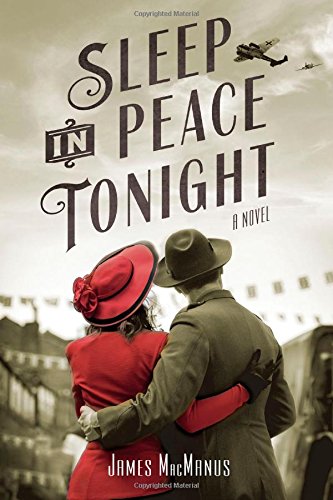Sleep in Peace Tonight
Despite his election to a third term, Roosevelt is not a popular president, fighting a strong Isolationist Party led by America’s hero, Charles Lindbergh. In January 1941, Roosevelt sends his advisor and good friend, Harry Hopkins, to England to assess the increasingly dire situation. Roosevelt hopes that Harry can convince Winston Churchill that America will not enter the war although Britain desperately needs America’s help, not just in planes, arms and ammunition, but manpower. Harry is a match for Churchill’s overwhelming personality and his unrelenting pressure for America’s help. It is clear to Hopkins that, if Britain falls, as she most assuredly will without American help, then all of Europe will fall, with only the Atlantic Ocean between Nazi Germany and the USA – a doubtful buffer filled with German U-boats capable of landing enough men to constitute an invasion.
While sympathetic to England, Harry is ever loyal to Roosevelt. The best he can promise Churchill is a Lend Lease Agreement to supply the desperately needed arms and planes, although Congress opposes it. Meanwhile, Harry is surrounded by the reality of the Blitzkrieg; a meeting with Edward R. Murrow, the American journalist and Anglophile, impresses upon Harry England’s need for America’s help to win the war; and Murrow uses his broadcasts to sway American public opinion.
The author has written a magnificently gripping account of London during the Blitz. The reader is drawn into the time and place, feeling the urgency with which people led their daily lives, knowing that at any moment they might cease to exist. Although a work of fiction, Sleep in Peace Tonight is full of historical detail and historical personages. This is a highly recommended read.










